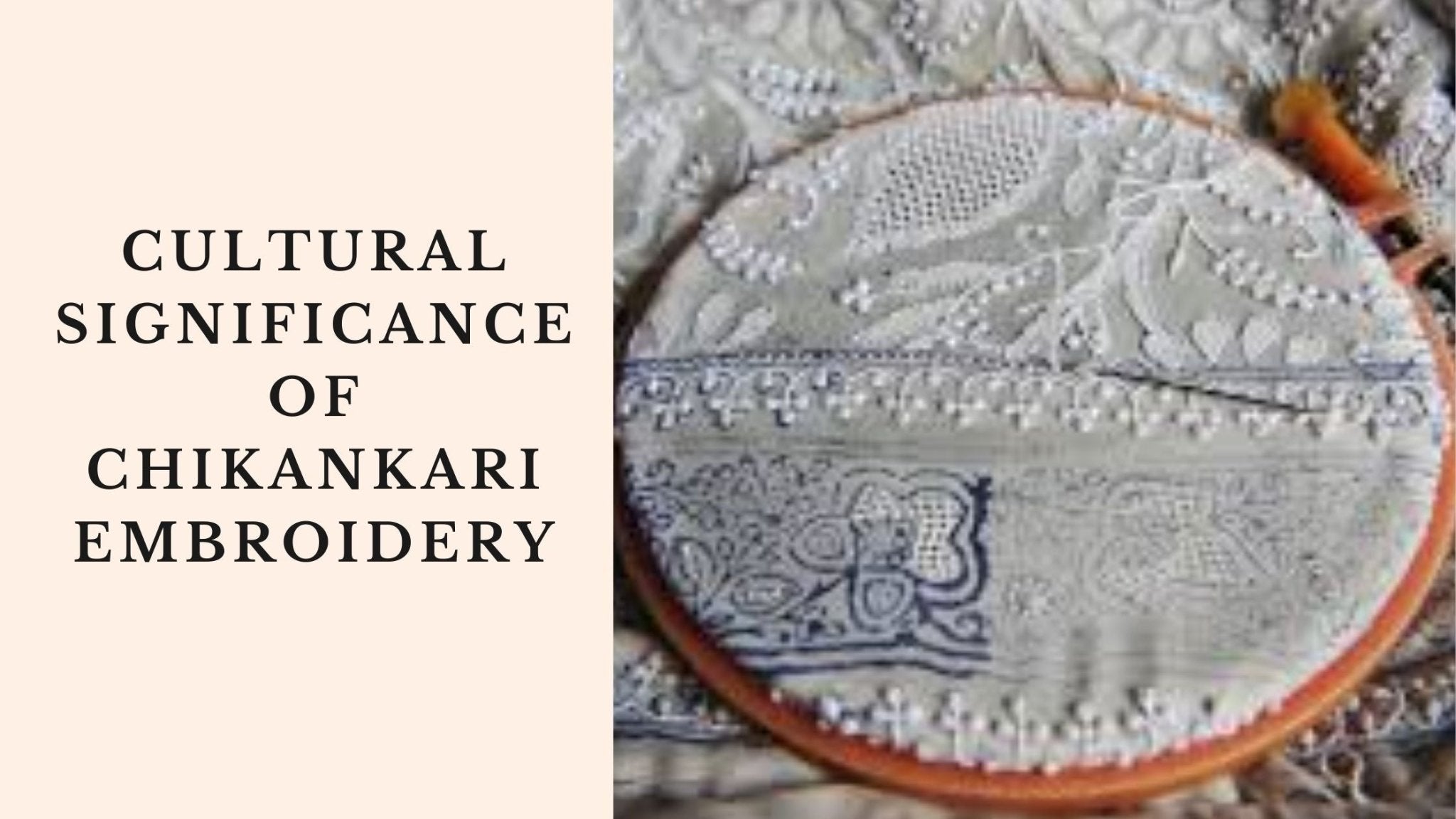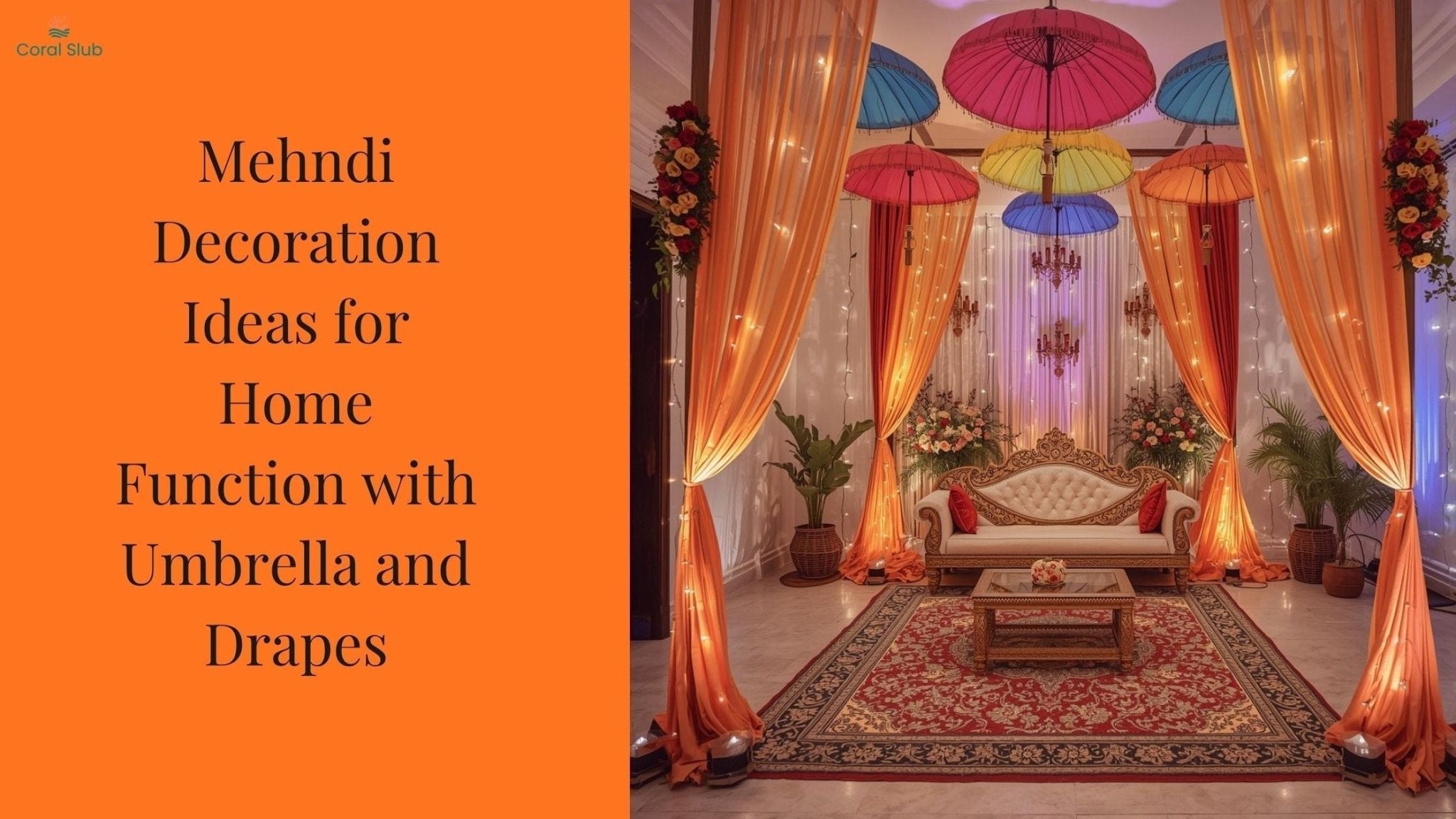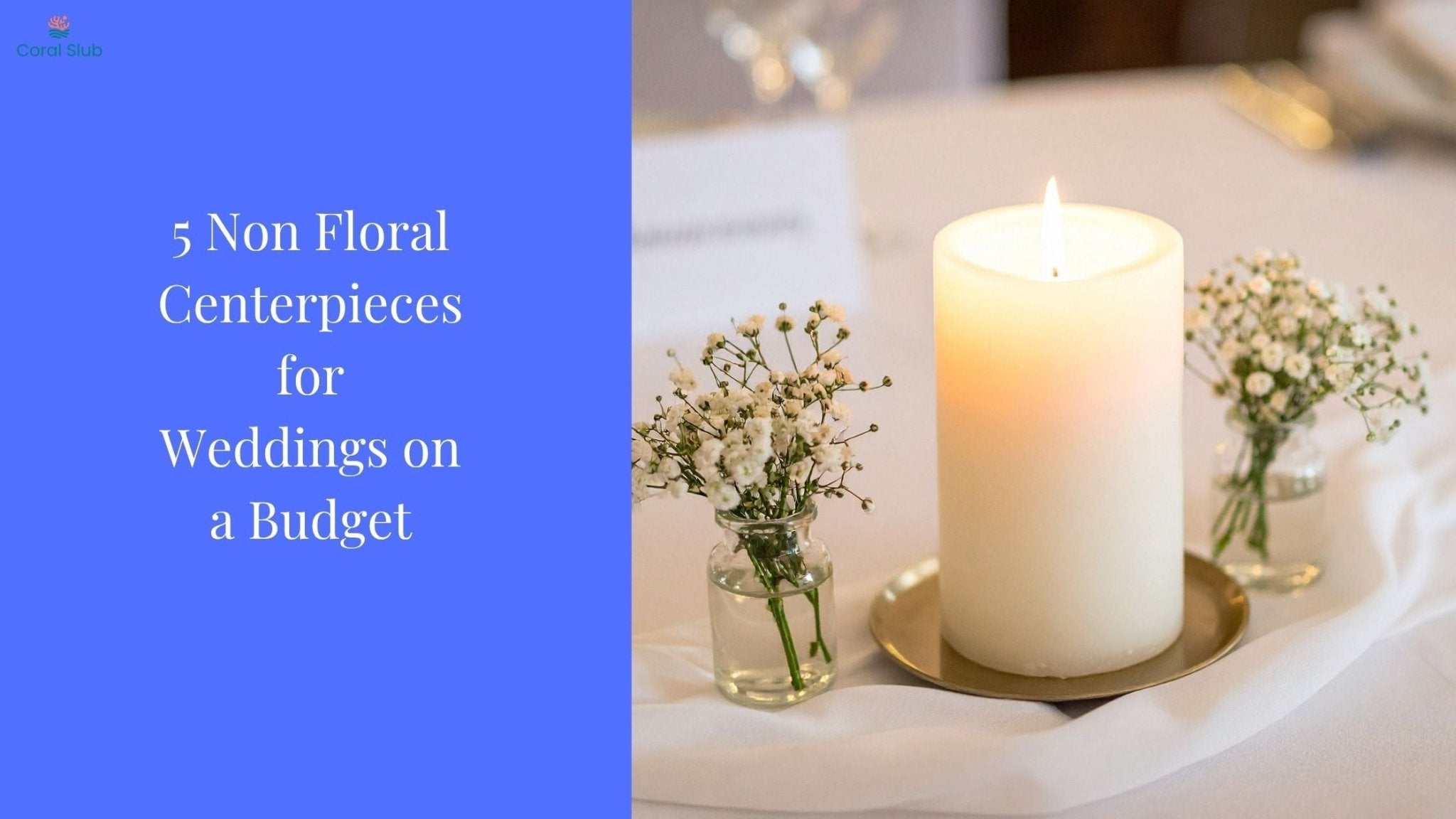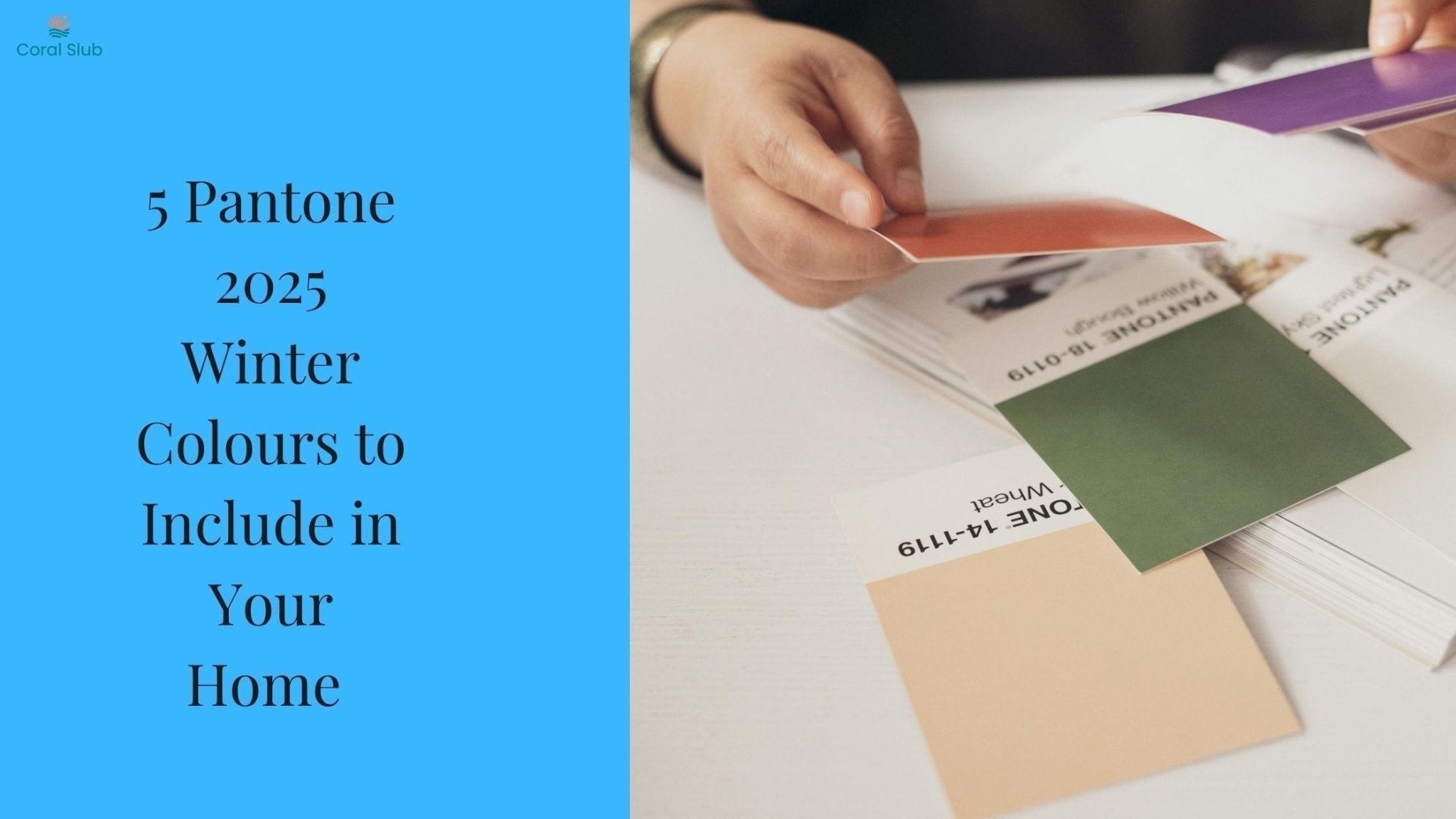Chikankari, the delicate and intricate art of embroidery, is one of India’s most treasured traditional crafts. Originating from Lucknow, this technique involves exquisite white threadwork on fine muslin fabric, creating patterns that range from floral motifs to intricate geometrical shapes. Its beauty lies not only in the finesse of the stitches but in the historical journey that has shaped this craft over centuries.
The Origins of Chikankari

Chikankari is believed to have been introduced in India during the Mughal era, around the 16th century. It is widely credited to Nur Jehan, the wife of Emperor Jahangir, who is said to have brought the craft to Lucknow. Her influence allowed the art form to flourish under the patronage of Mughal rulers and the noble elite, setting the foundation for what would become a hallmark of Indian embroidery.
As the art developed, it absorbed elements from Persian and Turkish designs, blending them seamlessly with the local Indian aesthetic. The use of fine muslin fabric and white thread for embroidery became the hallmark of chikankari, with motifs drawn from nature, such as flowers, leaves, and birds.
Chikankari in the Mughal and Nawabi Eras

The Mughal period marked the golden age of chikankari, especially under the rule of the Nawabs of Awadh in the 18th and 19th centuries. During this time, chikankari gained royal patronage and became a favorite among the aristocracy. The Nawabs of Awadh encouraged skilled artisans to craft embroidered garments for the nobility, resulting in some of the most elaborate and refined examples of chikankari.
Suhana White Chikankari Cushion Cover
In these royal courts, the art form was elevated to new heights. Master craftsmen created garments for the elite, with garments like sherwanis, dupattas, and sarees adorned with breathtaking motifs. The combination of fine muslin fabric and detailed needlework made these garments symbols of wealth and sophistication.
The Decline and Revival of Chikankari
Jhalak White Chikankari Cushion Cover
Like many traditional crafts, chikankari faced a period of decline during the British colonial era. With the influx of machine-made fabrics and the dismantling of local textile industries, the art form struggled to maintain its relevance. However, efforts to revive chikankari gained momentum in the early 20th century. Various initiatives sought to preserve and promote the craft, acknowledging its cultural significance as an integral part of India’s artistic heritage.
Chikankari in Contemporary Times
Today, chikankari is a symbol of Lucknow’s rich cultural heritage. Its delicate designs are no longer confined to traditional garments but have extended to contemporary fashion and even home décor. This resurgence has led to chikankari becoming a global symbol of fine craftsmanship and intricate artistry, with international designers incorporating it into their collections.

The art form has gained wider recognition, and in 2008, it was granted Geographical Indication (GI) status, which protects its authenticity and ensures that only genuine chikankari, made within the designated region, can carry the name.
Chikankari in Home Décor
Bela White Chikankari Cushion Cover
Beyond clothing, chikankari has found its place in home décor, adding elegance and a touch of Indian heritage to interiors. Chikankari cushion covers, in particular, have become a sought-after home accessory. These beautifully embroidered cushion covers bring a blend of tradition and modern style, making them perfect for any home. Whether adorning a sofa or accenting a bed, chikankari cushion covers serve as reminders of India's rich cultural history while adding a refined artistic touch to the living space.
Conclusion
Chikankari, with its roots deep in India’s Mughal and Nawabi past, is not just an embroidery technique, it's a testament to the resilience and beauty of traditional craftsmanship. From its royal origins to its contemporary resurgence, chikankari continues to captivate audiences around the world. Whether through clothing or home décor, like chic chikankari cushion covers, this art form preserves a piece of India's history and continues to inspire with its intricate beauty.Looking to add this rich heritage to your Living Room? Shop Chikankari Cushion Cover at Coral Slub.












